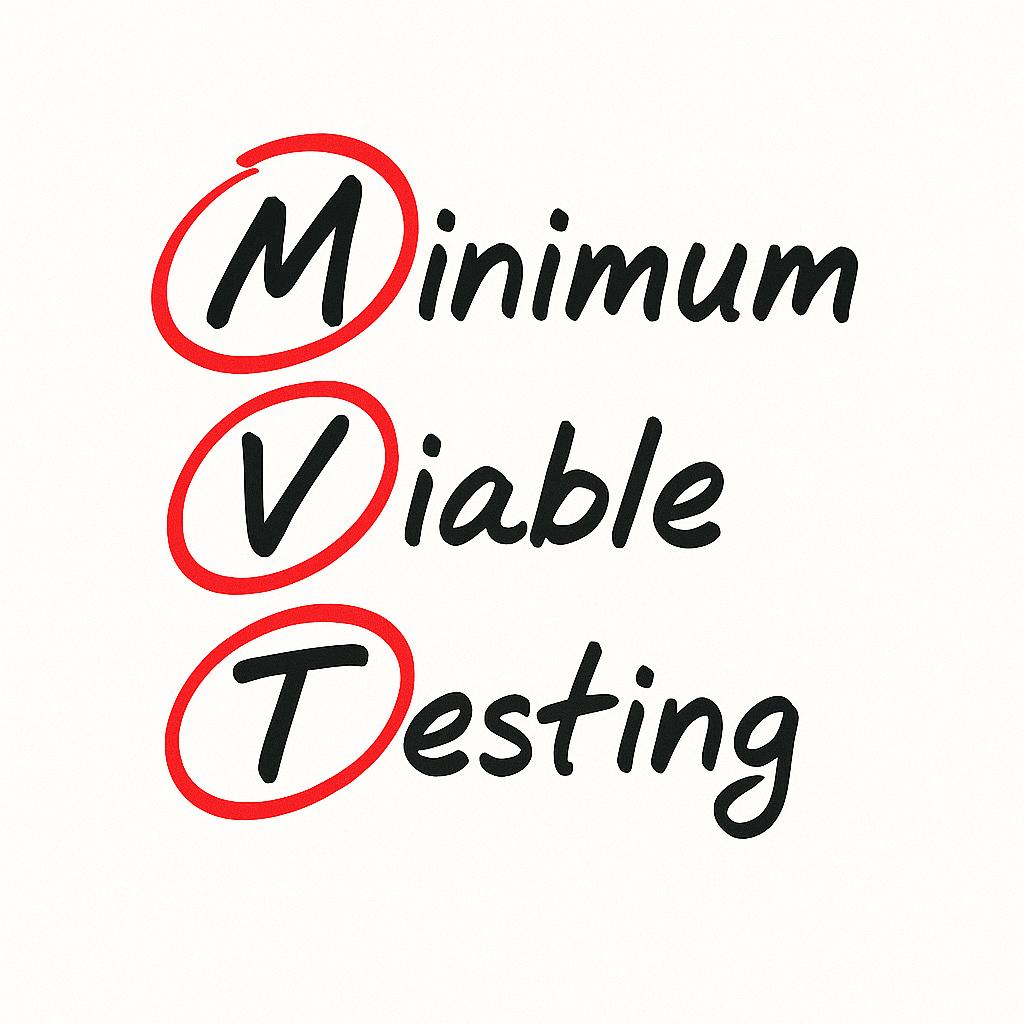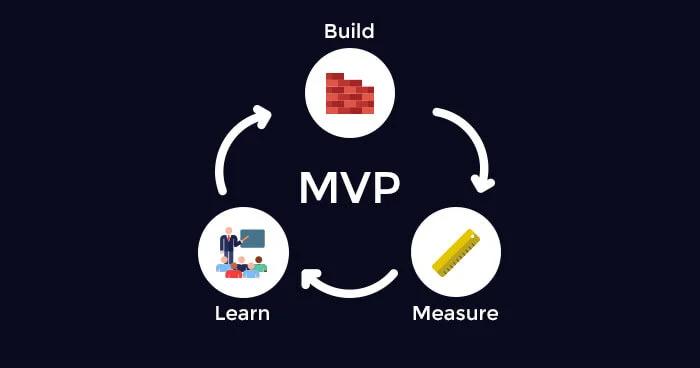Is Your Business Software Truly Secure? Uncover the Critical Steps to Safeguard Against Cyber Threats
Your software’s security is not just a technical concern—it’s a business imperative. The frequency and sophistication of cyberattacks are rising exponentially, and the consequences of a breach can be catastrophic, from financial loss to irreparable damage to your brand’s reputation. But here’s the uncomfortable truth: many businesses believe their software is secure when, in reality, they’re sitting on a ticking time bomb. Is your software truly secure, or are you unknowingly leaving your business exposed to cyber threats?
Every line of code in your software is a potential entry point for cybercriminals. The problem is that most businesses focus on speed to market, leaving security as an afterthought. This approach results in software with hidden vulnerabilities—weaknesses that hackers are experts at exploiting. Even if your business uses standard security measures like firewalls and antivirus software, these defenses often fail to address deeper, more sophisticated threats.
Cybercriminals don’t just go after low-hanging fruit; they’re targeting those hidden, obscure vulnerabilities that you might not even know exist. The real issue? By the time you realize your software has a flaw, it might be too late.

Let’s talk about how businesses are trying to solve this problem today. Most rely on a combination of traditional security tools—antivirus programs, firewalls, and periodic security audits. While these are essential components of any security strategy, they’re not foolproof. Here’s why:
- Reactive Instead of Proactive: Traditional tools are often designed to respond to known threats. They work well against yesterday’s attacks, but what about tomorrow’s? Cybercriminals are always evolving, and if your defenses aren’t keeping pace, you’re playing a dangerous game of catch-up.
- Fragmented Security Approach: Many companies use multiple security tools that operate in silos. This fragmentation leads to gaps in your defense strategy—gaps that sophisticated attackers can easily exploit. Think of it like a puzzle with missing pieces; the overall picture of your security posture is incomplete.
- Limited Scope: Many businesses only focus on protecting their software after it’s been deployed. But what about during the development process? Vulnerabilities introduced during coding often go unnoticed until it’s too late.

Given the limitations of current approaches, it’s clear that a new strategy is needed—one that’s proactive, integrated, and deeply embedded in the software development process. Here’s what that looks like:
- Security by Design: Security needs to be a priority from the very start of the software development lifecycle (SDLC). This means incorporating secure coding practices that prevent common vulnerabilities like SQL injection, cross-site scripting (XSS), and buffer overflows. It’s about thinking like an attacker during development to close off entry points before they even exist.
- Continuous Monitoring and Threat Intelligence: Imagine having a 24/7 watchdog that not only guards your software but also learns from every new threat. Continuous monitoring tools powered by real-time threat intelligence can identify and neutralize potential risks before they escalate into full-blown attacks.
- AI and Machine Learning: Advanced technologies like AI and machine learning can predict and adapt to emerging threats faster than any human could. By analyzing patterns and behaviors, these systems can detect anomalies that might signal an impending attack, allowing you to act before any damage is done.
- Integrated Security Testing: Security testing shouldn’t be an afterthought. It should be integrated throughout the entire development process, using both static and dynamic analysis tools. This ensures that any vulnerabilities are caught and addressed early, rather than being discovered post-launch.
- Regular Patch Management: Your software needs to be up-to-date, not just with new features but with the latest security patches. Automated patch management ensures that vulnerabilities are promptly fixed, keeping your defenses strong against evolving threats.

Consider this: Cybersecurity Ventures predicts that cybercrime will cost the world $10.5 trillion annually by 2025. This staggering figure highlights the scale of the threat and the importance of robust cybersecurity measures. Additionally, a report by Gartner found that nearly 60% of organizations that have integrated security into their software development lifecycle (SDLC) will experience fewer security breaches compared to those that haven’t.
These findings aren’t just theoretical—they’re a wake-up call. The evidence is clear: businesses that invest in comprehensive, proactive cybersecurity strategies are far better equipped to withstand the onslaught of cyber threats.

Software engineers are on the front lines of cybersecurity. By integrating secure coding practices and continuously monitoring for vulnerabilities, they ensure that security is built into the software from the very start.
While understanding code is crucial for developers, business leaders don’t need to be coding experts. What’s essential is partnering with skilled professionals who prioritize security throughout the software development process.
Regular audits and vulnerability assessments are key. If your security tools aren’t integrated or if security isn’t part of your development process, your measures might be falling short.

Cyber threats are not a future problem—they’re happening right now, and they’re only getting more dangerous. You can’t afford to rely on outdated, reactive security measures. To truly protect your business, you need to adopt a comprehensive, proactive approach to cybersecurity that’s integrated into every aspect of your software development process.
Don’t wait for a breach to take action. Secure your software now and protect your business from the ever-evolving world of cyber threats.
Ready to take your business to the next level? Let’s make it happen.
Recommended For You

The Decision Maker’s Playbook to Building Winning Products

Test Ideas Smarter

How a Minimum Lovable Product Delivers Success

Is Your Startup Idea Worth It? Discover How an MVP Can Save You Time and Money

Why Your Agile Workflow is Failing You (And How Storyboarding Can Fix It)

Are Outdated Programming Practices Slowing You Down?

Why ‘Good Enough’ is the Perfect Starting Point
